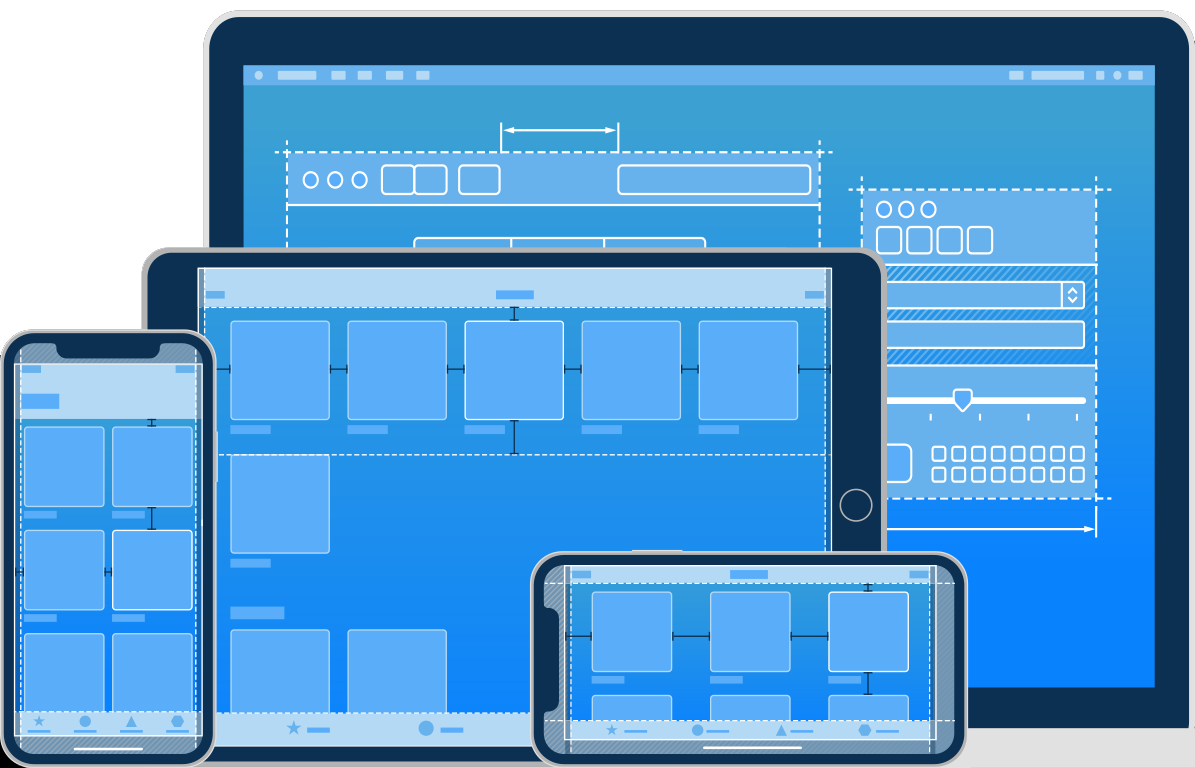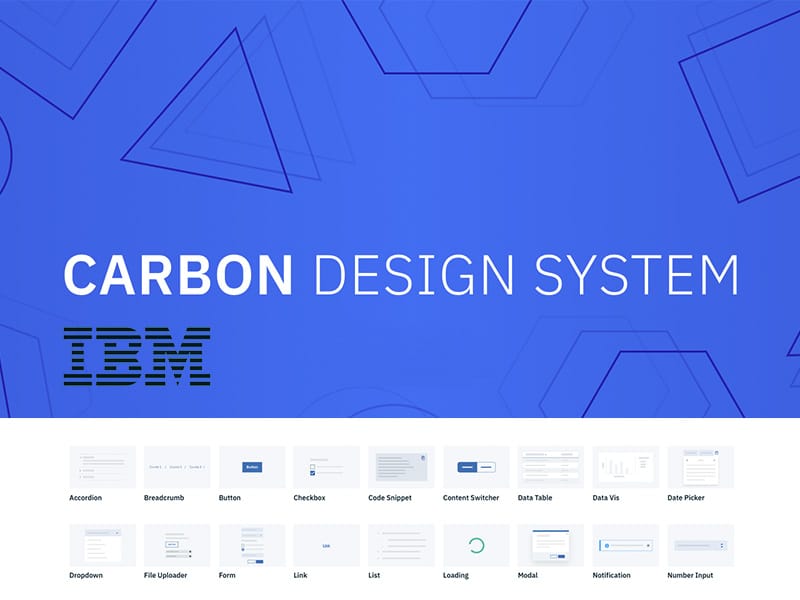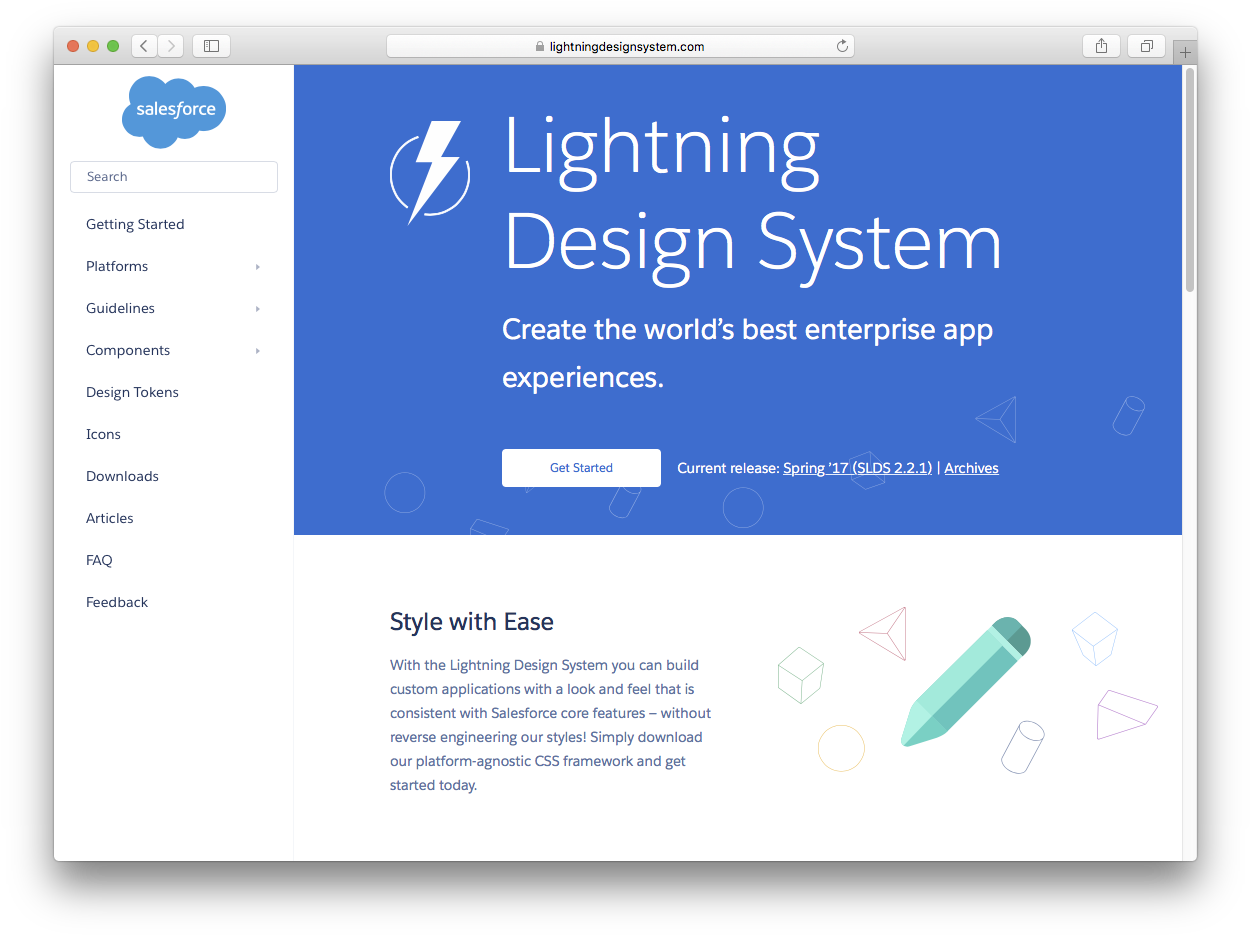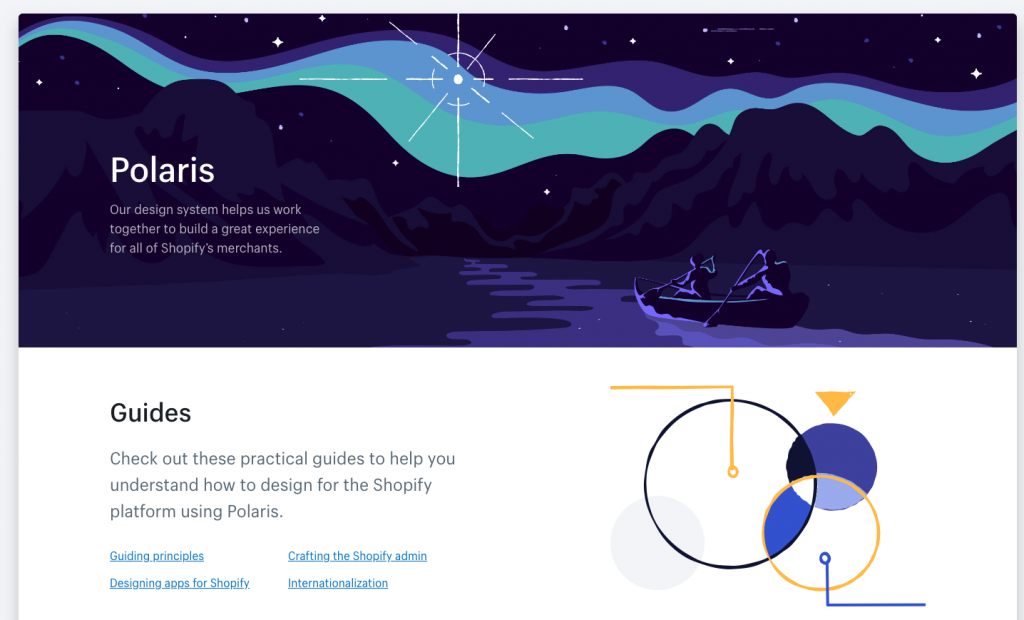Guide: Design Systems

Creating a Design System: A Guide for Entrepreneurs
As an entrepreneur, you always look for ways to streamline processes, maintain consistency, and scale efficiently. One potent tool at your disposal is a design system. A well-crafted design system is the blueprint for your product's design language, ensuring brand consistency and enhancing team collaboration. Let's dive into how you can create a design system that aligns with your business objectives.
Understanding the Need for a Design System
Before we jump into the creation process, let's clarify what a design system does. It's more than just a style guide. It's a comprehensive framework that combines your brand's design principles, visual elements, UI components, and best practices into a cohesive manual. Think of it as a playbook that guides your team in creating intuitive, unified user experiences.
“Design is not just what it looks like and feels like. Design is how it works.” - Steve Jobs

Famous Example: Apple’s Human Interface Guidelines
Apple's design system is a prime example of a robust framework that guides developers and designers in creating seamless and intuitive user experiences across all Apple devices. It emphasizes clarity, depth, and deference, aligning perfectly with the brand's ethos of simplicity and innovation.
Step #1: Research and Analysis
Start by understanding your users and their needs. Analyze your existing products to pinpoint inconsistencies. This step is crucial for building a system that genuinely resonates with your audience and streamlines your design process.
Step #2: Establish Core Design Principles
Your design principles are the foundation of your design system. They should reflect your brand's ethos and guide all design decisions. These principles set the tone for your product's design language: simplicity, innovation, or user-centricity.

Famous Example: Google’s Material Design
Google's Material Design is an excellent instance of how design principles can shape a brand's digital presence. It uses principles like realistic lighting and surfaces to provide a familiar yet innovative user interface.
Step #3: Developing a Visual Language
Select a color palette, typography, and iconography that aligns with your brand personality. Remember, every visual element should enhance the user experience and be accessible to all users.
“Good design is obvious. Great design is transparent.” – Joe Sparano
Step #4: Crafting UI Components
Develop a library of reusable UI elements. This not only saves time but also ensures consistency across your product. Define how these elements interact, states, and behaviors to make them versatile.
Step #5: Responsive and Adaptive Design
Your design system should be flexible across various devices and screen sizes. This adaptability ensures a seamless user experience, regardless of how they access your product.
Step #6: Documentation Is Key
Thorough documentation is what makes a design system practical. It should clearly state how and when to use different elements. Include examples and best practices to make it as actionable as possible.
Step #7: Ensuring Accessibility
Inclusivity is non-negotiable. Your design system must adhere to accessibility standards to cater to all users. This not only broadens your user base but also demonstrates social responsibility.

Famous Example: IBM’s Carbon Design System
IBM's Carbon Design System is an excellent example of an inclusive and accessible design framework. It prioritizes user needs, ensuring that its products are usable by everyone, reflecting its commitment to diversity and inclusion.
Step #8: Iterative Development
Start with a basic version of your design system and evolve it based on user feedback and changing technology trends. This approach allows you to refine and update your system, keeping it relevant and effective.
Famous Example: Airbnb's Design Language System
Airbnb's Design Language System (DLS) illustrates the power of iterative development. They continuously refine their system, which started as a basic set of guidelines and evolved into a comprehensive framework. This evolution has played a crucial role in maintaining the brand's global appeal and usability.
Step #9: Collaboration and Buy-In
Engage stakeholders, designers, and developers from the start. Facilitating workshops and feedback sessions is essential for gathering diverse perspectives and building a system that everyone believes in.
“Design is a solution to a problem. Art is a question to a problem.” – John Maeda, Designer and Technologist.

Famous Example: Atlassian’s Design System
Atlassian’s design system showcases the importance of collaboration. By involving a wide range of team members in its development, they created a system that reflects their brand values and resonates with the users and creators.
Step #10: Integration and Adoption
Seamlessly integrate the design system into existing workflows. Encourage its adoption by providing training and resources. The easier it is for your team to use, the more likely they will adopt it.

Famous Example: Salesforce’s Lightning Design System
Salesforce’s Lightning Design System is a beacon of successful integration. It provides extensive resources and tools to help developers and designers adopt and implement it efficiently, ensuring consistency across all Salesforce products.
Step #11: Maintenance and Evolution
Set up a process for ongoing updates and improvements. Regularly update your system based on new insights, technologies, and user feedback.

Famous Example: Shopify’s Polaris
Shopify’s Polaris is an exemplary case of a design system that evolves with the company’s growth. Regular updates ensure that it remains relevant and continues to meet the changing needs of developers and end-users.
Conclusion
As an entrepreneur, adopting a design system is a strategic decision that can significantly impact your product's consistency, usability, and scalability. You can see the transformative power of a well-executed design system by drawing inspiration from successful examples like Apple, Google, IBM, Airbnb, Atlassian, Salesforce, and Shopify. Start small, focus on the core elements, and evolve your system over time. Remember, a design system is not just a set of guidelines; it’s a living framework that grows with your brand.
“Design creates culture. Culture shapes values. Values determine the future.” – Robert L. Peters, Graphic Designer and Author.
Suggested Reading
To deepen your understanding of design systems and how they can transform your business, consider exploring the following books:
“Atomic Design” by Brad Frost
This book introduces the concept of building effective design systems with a methodology that can be adapted to any context. Frost's approach breaks down interfaces into fundamental components, providing a clear framework for creating scalable and maintainable design systems.
“Design Systems” by Alla Kholmatova
A practical guide for creating effective design systems, Kholmatova emphasizes the importance of collaboration between designers and developers. The book covers principles, processes, and the anatomy of a design system, offering insights into building a system that fits the culture and products of your organization.
Each book offers a unique perspective and practical advice, making them invaluable resources for developing or refining a design system. Happy Reading and Designing!
